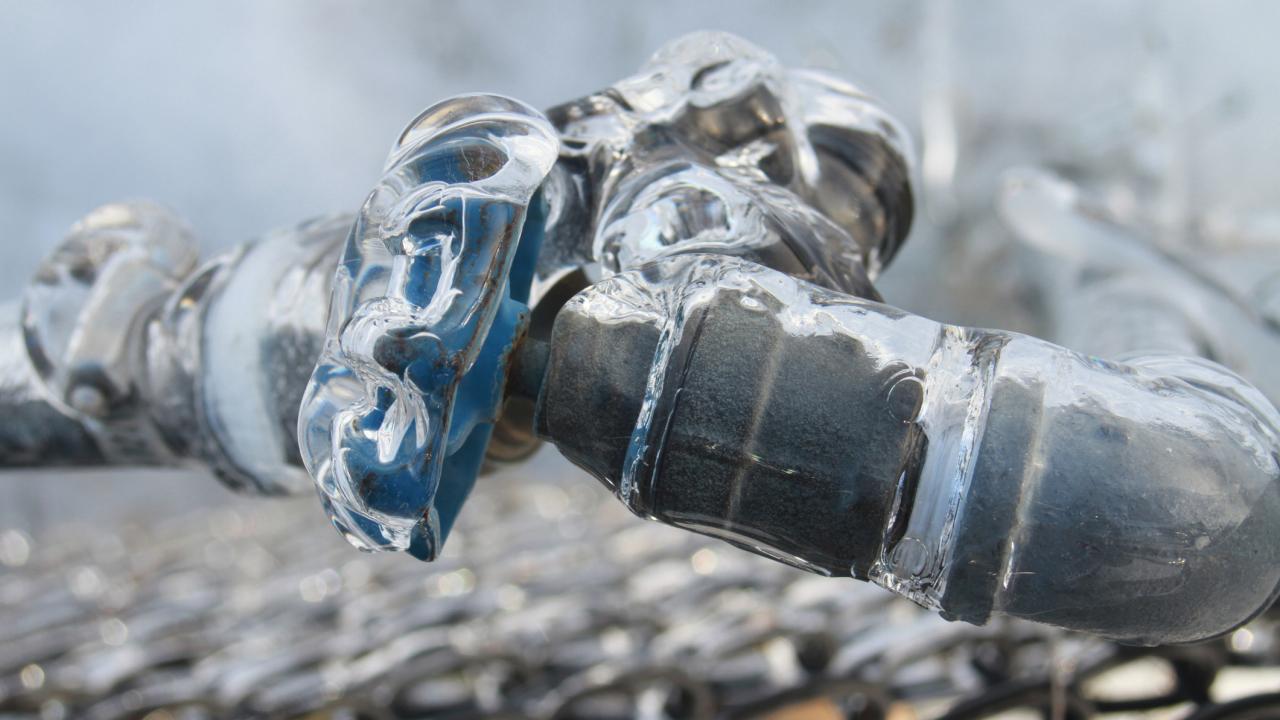Protecting Your Pipes from Freezing Issues: Essential Approaches
Protecting Your Pipes from Freezing Issues: Essential Approaches
Blog Article
We've unearthed the article pertaining to Preventing and dealing with frozen pipes directly below on the internet and believe it made perfect sense to relate it with you over here.

Cold weather can damage your pipes, especially by freezing pipelines. Below's exactly how to prevent it from taking place and what to do if it does.
Intro
As temperatures decrease, the threat of icy pipelines increases, potentially causing costly fixings and water damage. Understanding exactly how to stop icy pipes is crucial for homeowners in cold climates.
Comprehending Frozen Pipelines
What creates pipelines to ice up?
Pipes freeze when exposed to temperature levels below 32 ° F (0 ° C) for prolonged periods. As water inside the pipes ices up, it increases, taxing the pipe wall surfaces and possibly triggering them to rupture.
Risks and damages
Icy pipelines can cause water disturbances, home damage, and expensive repairs. Ruptured pipes can flood homes and cause extensive structural damage.
Signs of Frozen Piping
Determining icy pipes early can stop them from bursting.
How to determine icy pipelines
Search for reduced water circulation from faucets, uncommon smells or sounds from pipes, and visible frost on exposed pipelines.
Prevention Tips
Protecting at risk pipes
Wrap pipes in insulation sleeves or make use of heat tape to shield them from freezing temperatures. Focus on pipelines in unheated or external locations of the home.
Home heating methods
Keep interior spaces adequately heated, particularly locations with pipes. Open up cabinet doors to allow cozy air to circulate around pipelines under sinks.
Safeguarding Outdoor Plumbing
Garden hoses and outside taps
Separate and drain pipes yard tubes prior to winter. Set up frost-proof faucets or cover outdoor faucets with protected caps.
What to Do If Your Pipes Freeze
Immediate activities to take
If you think icy pipes, maintain faucets open to soothe pressure as the ice thaws. Make use of a hairdryer or towels soaked in hot water to thaw pipelines gradually.
Long-Term Solutions
Architectural adjustments
Think about rerouting pipes away from outside walls or unheated areas. Add additional insulation to attic rooms, cellars, and crawl spaces.
Upgrading insulation
Invest in high-grade insulation for pipes, attic rooms, and wall surfaces. Appropriate insulation aids maintain consistent temperatures and minimizes the threat of frozen pipes.
Final thought
Protecting against frozen pipelines needs proactive procedures and quick responses. By recognizing the causes, indicators, and preventive measures, homeowners can secure their plumbing during winter.
5 Ways to Prevent Frozen Pipes
Drain Outdoor Faucets and Disconnect Hoses
First, close the shut-off valve that controls the flow of water in the pipe to your outdoor faucet. Then, head outside to disconnect and drain your hose and open the outdoor faucet to allow the water to completely drain out of the line. Turn off the faucet when done. Finally, head back to the shut-off valve and drain the remaining water inside the pipe into a bucket or container. Additionally, if you have a home irrigation system, you should consider hiring an expert to clear the system of water each year.
Insulate Pipes
One of the best and most cost-effective methods for preventing frozen water pipes is to wrap your pipes with insulation. This is especially important for areas in your home that aren’t exposed to heat, such as an attic. We suggest using foam sleeves, which can typically be found at your local hardware store.
Keep Heat Running at 65
Your pipes are located inside your walls, and the temperature there is much colder than the rest of the house. To prevent your pipes from freezing, The Insurance Information Institute suggests that you keep your home heated to at least 65 degrees, even when traveling. You may want to invest in smart devices that can keep an eye on the temperature in your home while you’re away.
Leave Water Dripping
Moving water — even a small trickle — can prevent ice from forming inside your pipes. When freezing temps are imminent, start a drip of water from all faucets that serve exposed pipes. Leaving a few faucets running will also help relieve pressure inside the pipes and help prevent a rupture if the water inside freezes.
Open Cupboard Doors
Warm your kitchen and bathroom pipes by opening cupboards and vanities. You should also leave your interior doors ajar to help warm air circulate evenly throughout your home.

I'm certainly very intrigued by How to prepare your home plumbing for winter weather and I really hope you appreciated the entire blog post. For those who enjoyed our blog post kindly make sure you remember to pass it around. I praise you for being here. Please come by our site back soon.
Book Services Report this page